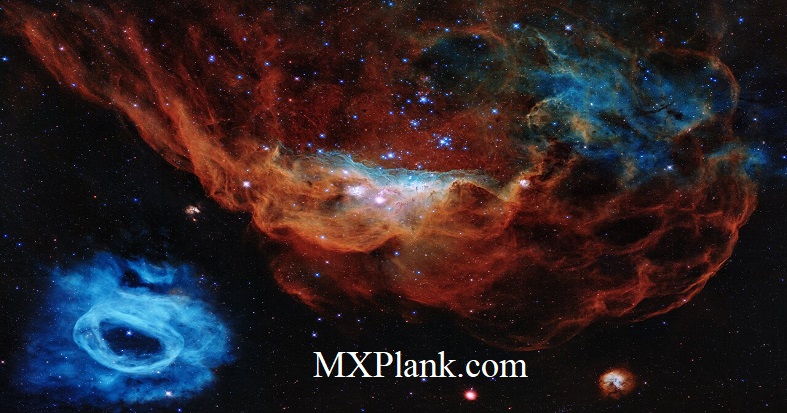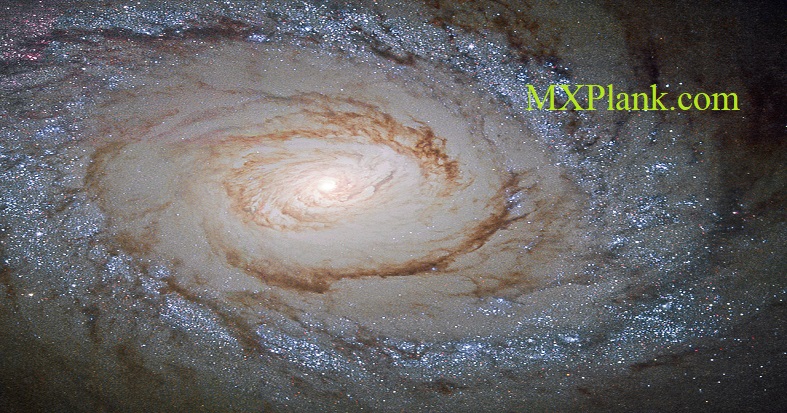
This striking new NASA/ESA Hubble Space Telescope image shows a glittering bauble named Messier 92.Located in the northern constellation of Hercules, this globular cluster - a ball of stars that orbits a galactic core like a satellite - was first discovered by astronomer Johann Elert Bode in 1777.

What resemble dainty butterfly wings are actually roiling cauldrons of gas heated to nearly 20 000 degrees Celsius. The gas is tearing across space at more than 950 000 kilometres per hour - fast enough to travel from Earth to the Moon in 24 minutes!

The portrait features the giant nebula NGC 2014 and its neighbour NGC 2020 which together form part of a vast star-forming region in the Large Magellanic Cloud, a satellite galaxy of the Milky Way, approximately 163 000 light-years away.

This image shows the galaxy Messier 94, which lies in the small northern constellation of the Hunting Dogs, about 16 million light-years away.